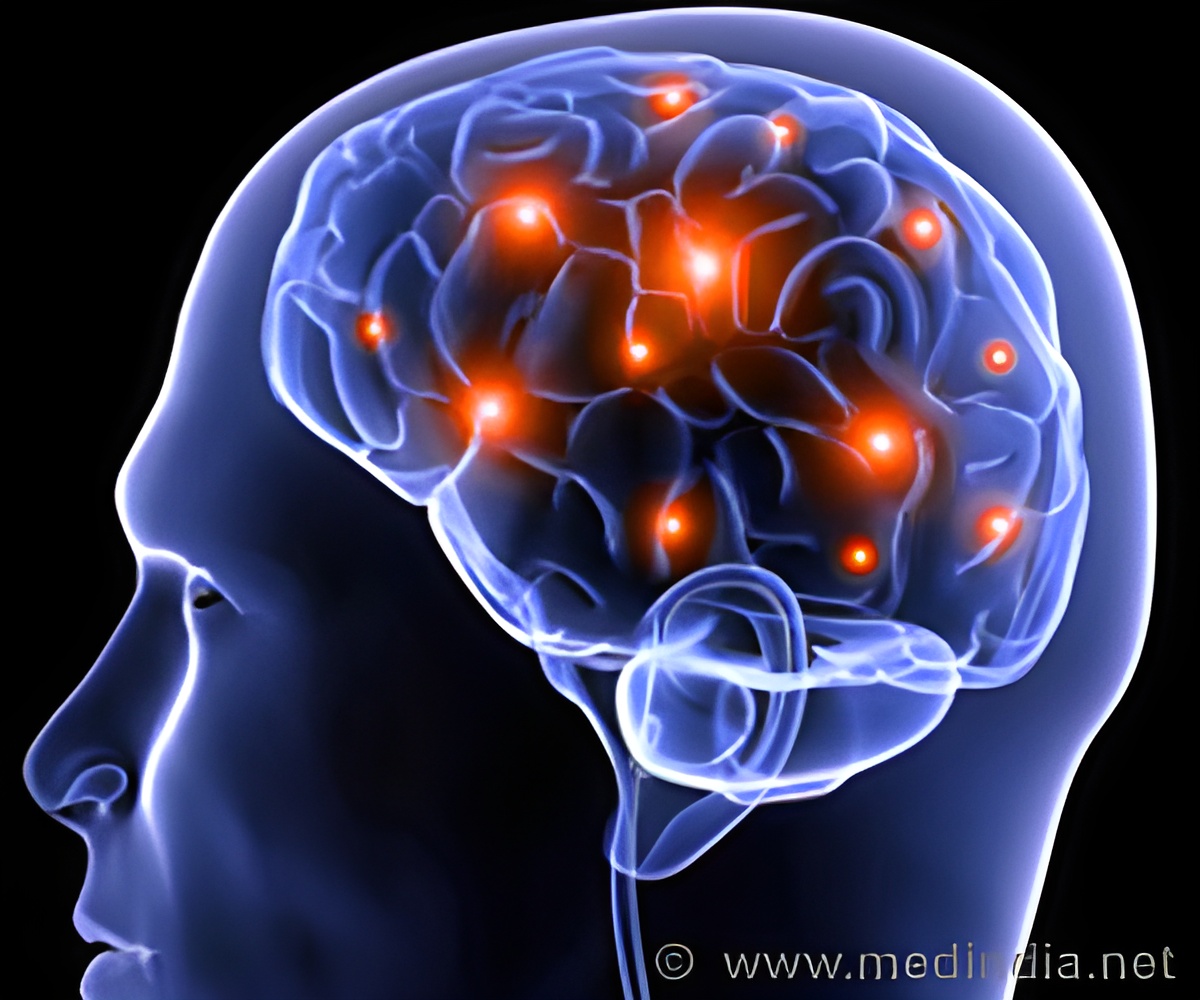
Our ancestors evolutionarily split from those of rhesus monkeys about 25 million years ago. Since then, brain areas have been added, have disappeared or have changed in function, according to a Harvard statement.
Vanduffel explains: "We did functional brain scans in humans and rhesus monkeys at rest and while watching a movie, to compare both the place and the function of cortical brain networks. Even at rest, the brain is very active."
"Different brain areas that are active simultaneously during rest form so-called 'resting state' networks. For the most part, these resting state networks in humans and monkeys are surprisingly similar, but we found two networks unique to humans and one unique network in the monkey," said Vanduffel.
"When watching a movie, the cortex processes an enormous amount of visual and auditory information. The human-specific resting state networks react to this stimulation in a totally different way than any part of the monkey brain," said Vanduffel.
"Our unique brain areas are primarily located high at the back and at the front of the cortex and are probably related to specific human cognitive abilities, such as human-specific intelligence," concludes Vanduffel.
Advertisement









